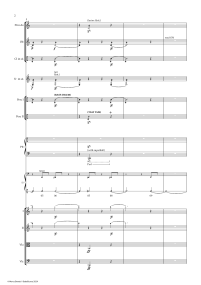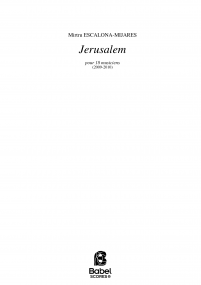Recherche avancée
Dysphoria Mundi
ISMN : 979-0-2325-7838-5
- Identifiez-vous pour créer une liste
Portrait of a world on fire
[...] the Fire will come and take over all things [...]
Heraclitus, p. 8
That the contemporary world travels on a clinamen is an awareness that we have had for a long time. That this climate is incandescent, bringing about change, is a further awareness that we must ignore. Paul B. Preciado reminds us that the world is on fire and with it the coordinates that Humanity has tried to make stable in its History. Space is on fire, both due to anthropization that cements it or wildly deforests it and due to the inexorable consequences of ongoing climate change. It is also on fire due to the exceptional event that was Covid, which eliminated our relationship with the world, accentuating the isolation in our daily living world, which is not always peaceful. Time is on fire, it is dissolved, it is out of control (The time is out of joint from W. Shakespeare, Hamlet, Act I, Scene V) and has been so ontologically for a century, that is, since Einstein explained to us its total physical relativity.
Going on fire is not a nihilistic act, but it is changing. In the act of changing, two things are interesting: the process that attacks the ancient matter and the hypotheses of transformation.
Dysphoria Mundi is the staging of a resistance on the part of the ancient to survive the inevitable mutation that generates the new. How can sound make the changeable? One might respond that it already does so in itself. Spectral analysis has taught us that no sound object is stable and static, but that they live a life of their own, energy that mixes the harmonic and inharmonic components of the spectrum, creating autonomous perspectives. A note is never just a black or white dot written on a line or in a space, but it is a spectromorphology. This internal mobile nature of sound has already given significant results in recent decades.
Dysphoria Mundi does not question the origin of chaos but starts ex abrupto from the magmatic process of change, lingering on the hypotheses of arrival: a new minimal cosmos, a tamed complexity, the prevalence of the formless, etc...
Oboe
Clarinet
Trumpet
Percussions (2)
Piano
Violin (2)
Viola
Cello
Electronics
Pages - 32









